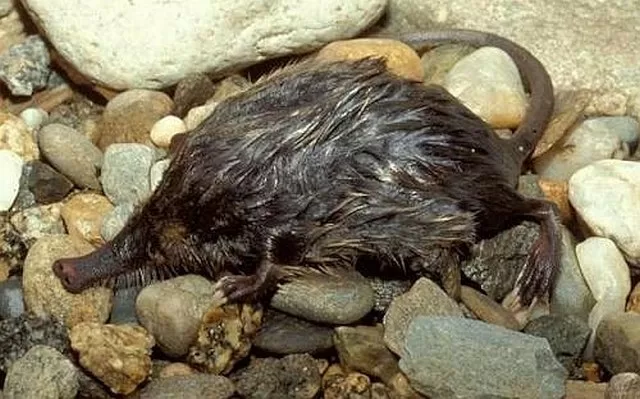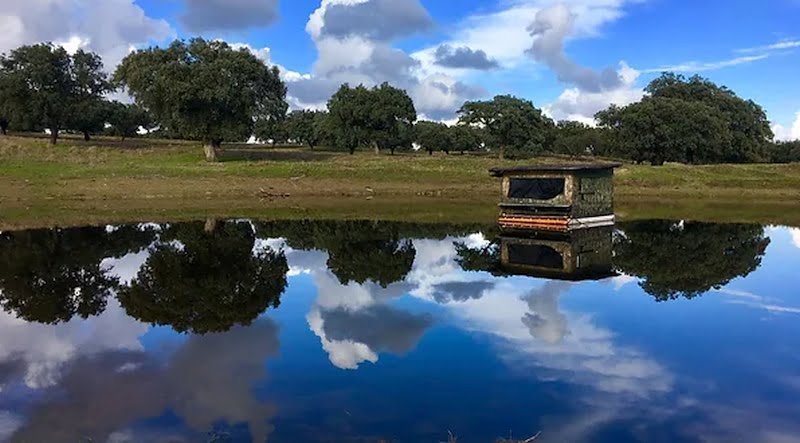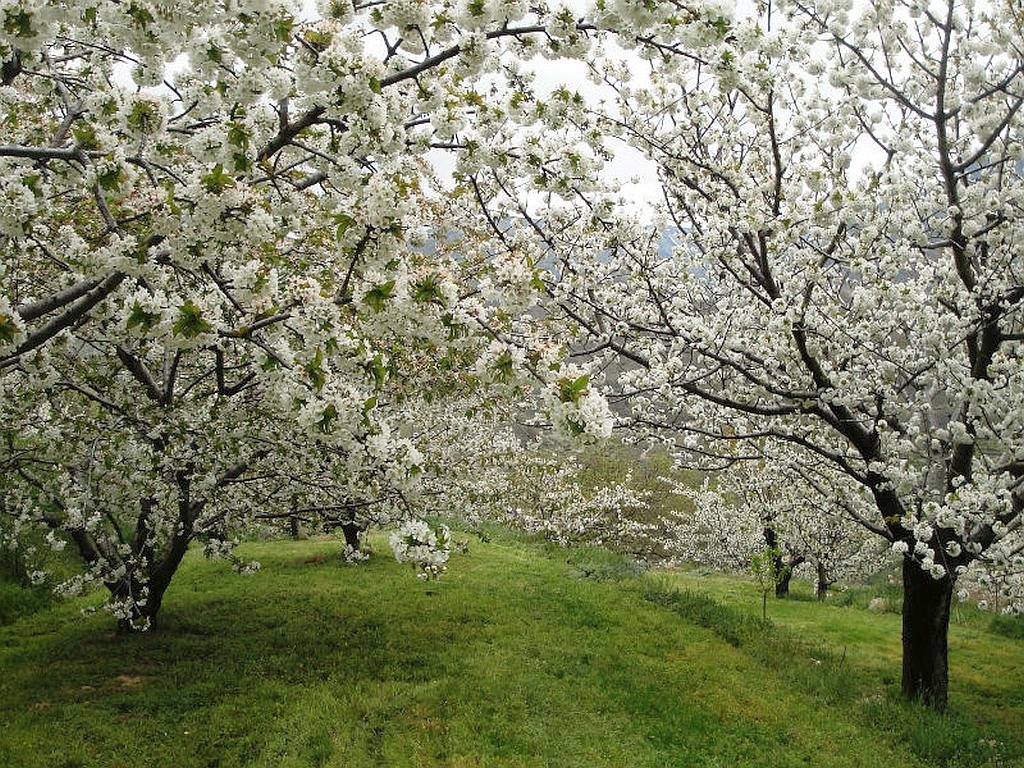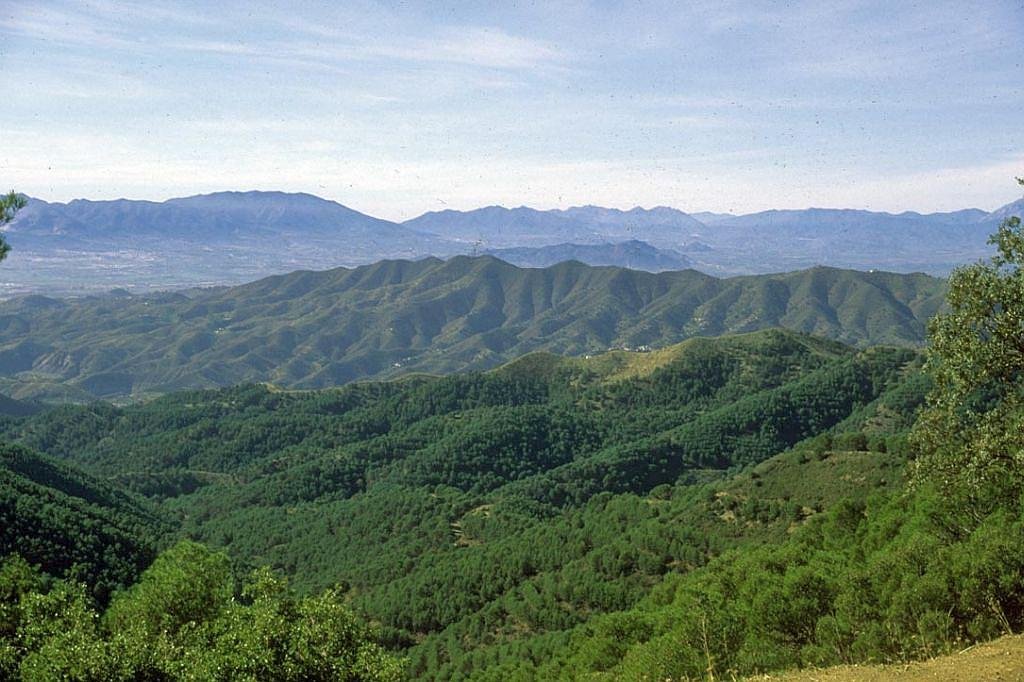Delve into lesser-known facts about Spain’s exceptional wildlife. For example, the Iberian lynx is the world’s most endangered feline species, with a unique preference for hunting European rabbits. Photographing Spain’s wildlife: Questions and answers for wildlife enthusiasts
The Pyrenean desman, a rare aquatic mammal, is found only in Spain and Portugal’s freshwater habitats, while the Iberian magpie, a striking bird species, is a symbol of the Iberian Peninsula’s avian diversity. Explore these and more intriguing tidbits about Spain’s remarkable fauna, adding depth to your appreciation of its wildlife.

What are the most common animals in Spain?
I’ve been living in this lovely area of Western Andalucia for the last 20 years or so and dedicate most of my time to the running of English language tourist information websites for the towns of Cádiz, Ronda, Grazalema, the famous or infamous Caminito del Rey, and also Wildside Holidays, which promotes sustainable and eco-friendly businesses running wildlife and walking holidays in Spain. My articles contain affiliate links that will help you reserve a hotel, bus, train or activity in the area. You don’t pay more, but by using them you do support this website. Thankyou!





